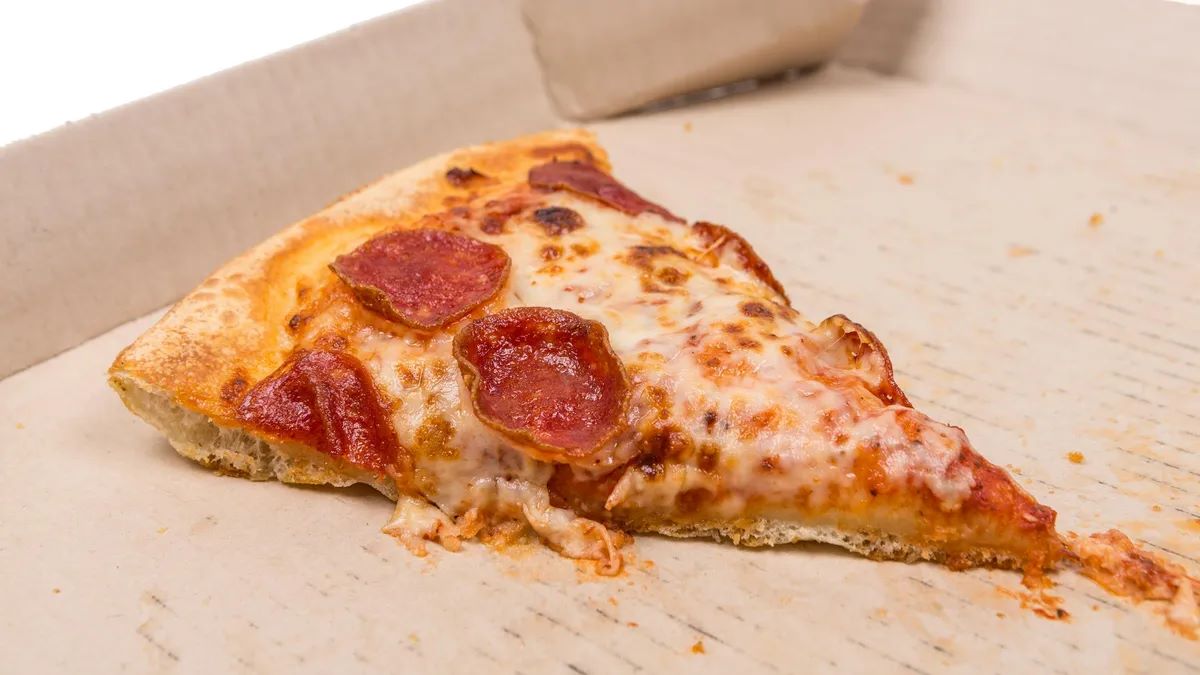

Articles
How To Store Leftover Pizza
Modified: January 7, 2024
Discover the best way to store leftover pizza and prevent it from going stale. Read our articles for expert tips and tricks on how to keep your pizza fresh for longer.
(Many of the links in this article redirect to a specific reviewed product. Your purchase of these products through affiliate links helps to generate commission for Storables.com, at no extra cost. Learn more)
Introduction
There’s nothing quite like indulging in a delicious slice of pizza. Whether it’s a classic Margherita, a loaded meat-lovers, or a gourmet veggie option, pizza is a beloved comfort food enjoyed by people worldwide. But what do you do when you can’t finish an entire pizza in one sitting? How do you store those leftover slices to ensure they stay fresh and tasty for later consumption? In this article, we will guide you through the process of storing leftover pizza and provide you with some helpful tips and tricks to make the most out of your pizza leftovers.
Leftover pizza can be a great option for a quick and convenient meal, but if not stored properly, it can quickly lose its flavor and texture. Nobody wants to bite into a soggy, dried-out, or stale slice of pizza. By following the right techniques, you can ensure that your leftover pizza stays delicious and enjoyable even after it spends some time in the fridge.
In the upcoming sections, we will cover everything from selecting the right storage container to reheating the slices to perfection. So let’s dive in and learn how to store leftover pizza like a pro!
Key Takeaways:
- Leftover pizza can be stored by wrapping each slice individually in aluminum foil or plastic wrap, placing them in an airtight container, and storing in the refrigerator to maintain freshness and flavor.
- Reheat leftover pizza using methods like oven, skillet, microwave, or toaster oven, ensuring it reaches a safe internal temperature of 165°F (74°C) for a delicious and safe meal.
Storing Leftover Pizza
When it comes to storing leftover pizza, it’s crucial to take the proper steps to retain its taste and quality. Follow these guidelines to ensure that your pizza stays fresh:
- Choose the Right Storage Container: To keep your leftover pizza fresh, it’s important to choose an appropriate storage container. Opt for airtight containers that can adequately accommodate the size of the pizza slices without causing them to bend or break. Avoid using cardboard boxes or open containers, as they can allow air to circulate and cause the pizza to go stale or lose moisture.
- Wrap Each Slice Individually: Before placing the pizza in the storage container, wrap each slice individually. This step prevents the slices from sticking together and helps to maintain their shape. It also helps to preserve the pizza’s flavor and prevent any cross-contamination of aromas from other foods stored in the fridge.
- Use Aluminum Foil or Plastic Wrap: When wrapping the slices, use aluminum foil or plastic wrap. This will create a barrier that helps to retain the pizza’s moisture and prevent it from drying out. Make sure to wrap the slices tightly to ensure maximum freshness.
- Store in the Refrigerator: Once the pizza slices are wrapped, place them in the refrigerator. This will help to keep the pizza at a cool temperature, preventing bacterial growth and extending its shelf life. Ensure that the refrigerator is set at a temperature below 40°F (4°C) to maintain optimal freshness.
By following these steps, you can ensure that your leftover pizza stays fresh and flavorful, ready to be enjoyed whenever you’re in the mood for a tasty slice. But what if you want to reheat your leftover pizza? Let’s explore the best practices for reheating leftover pizza in the next section.
Choose the Right Storage Container
When it comes to storing leftover pizza, choosing the right storage container is essential for maintaining its quality and preventing it from getting stale or spoiled. Here are some tips to help you select the perfect container:
- Airtight Containers: Opt for airtight containers that can effectively seal in the freshness of the pizza. This will prevent air from reaching the slices and causing them to dry out or absorb odors from other foods in the fridge.
- Size and Shape: Ensure that the storage container is appropriately sized to accommodate the pizza slices without bending or crushing them. It’s best to choose a container that closely matches the shape of the pizza to maintain its original form.
- Durable Material: Choose containers made of durable materials like plastic or glass. These materials are less likely to break or crack, ensuring that your leftover pizza remains safe and intact.
- Dividers or Compartments: If you plan to store multiple slices, consider using a container with dividers or compartments. This will prevent the slices from sticking together and help maintain their individual integrity.
- Stackable Containers: Opt for stackable containers to save space in your refrigerator. This will allow you to store multiple slices without taking up unnecessary room.
Remember to wash and dry the storage container before using it to store your leftover pizza. This will help ensure cleanliness and prevent any unwanted flavors from transferring to the pizza slices.
Choosing the right storage container is the first step in preserving the quality of your leftover pizza. In the next section, we’ll explore how to wrap each slice individually before storing it for maximum freshness.
Wrap Each Slice Individually
When storing leftover pizza, it’s important to wrap each slice individually to prevent them from sticking together and to maintain their shape and flavor. Here are some tips on how to wrap your pizza slices:
- Aluminum Foil: One of the most common and effective ways to wrap pizza slices is by using aluminum foil. Tear off a piece of foil that is large enough to cover the entire slice and fold it over the top to create a secure seal. This will help retain the pizza’s moisture and prevent it from drying out.
- Plastic Wrap: Another option for wrapping pizza slices is plastic wrap. Start by placing the slice in the center of a piece of plastic wrap. Fold the sides over the slice, and then fold up the bottom and top to create a tight seal. Plastic wrap helps to maintain the pizza’s moisture and prevents any flavors from seeping in.
- Wax Paper: If you prefer a more environmentally-friendly option, you can wrap the pizza slices in wax paper. Similar to the other methods, place the slice in the middle of a piece of wax paper and fold the sides over, followed by folding up the bottom and top. This will provide a protective barrier for the slices while still allowing some breathability.
When wrapping each slice, make sure to fold the edges tightly and securely to prevent any air from entering and drying out the pizza. Additionally, labeling each wrapped slice with the date can help you keep track of when it was stored, ensuring that you consume it before it loses its freshness.
By individually wrapping each slice, you’ll have greater control over how much you consume at once and can easily grab a single portion whenever you crave a tasty slice of leftover pizza. In the next section, we’ll discuss the use of aluminum foil or plastic wrap to further protect your wrapped pizza slices.
Use Aluminum Foil or Plastic Wrap
When it comes to storing leftover pizza, using aluminum foil or plastic wrap is crucial for maintaining its freshness and preventing it from drying out. Wrapping each slice individually using these materials provides an additional layer of protection and helps to retain the pizza’s flavor. Here’s why you should opt for aluminum foil or plastic wrap:
- Protection from Air and Moisture: Both aluminum foil and plastic wrap create a barrier that prevents air and moisture from reaching the pizza slices. This barrier helps to preserve the pizza’s texture and flavor, keeping it moist and delicious.
- Retains Heat: Aluminum foil and plastic wrap have the ability to retain heat. This means that if you decide to reheat your leftover pizza, the aluminum foil or plastic wrap can help to distribute heat evenly, ensuring that the slices warm up quickly and maintain their original taste and texture.
- Ease of Use: Both aluminum foil and plastic wrap are readily available and easy to use. They can be easily cut to the desired size, making it convenient to wrap each slice individually. Additionally, they are flexible and can conform to the shape of the pizza, providing a secure and snug fit.
- Preservation of Freshness: Wrapping the pizza slices with aluminum foil or plastic wrap helps to seal in the freshness and flavors. It prevents the slices from absorbing odors from other foods in the refrigerator and slows down the degradation process, keeping the pizza tasting its best for longer.
Whether you choose aluminum foil or plastic wrap, ensure that you wrap each slice tightly and securely to prevent any air or moisture from seeping in. This will help to maintain the quality of your leftover pizza and ensure that every bite is as delicious as the first.
In the next section, we’ll dive into the importance of storing your wrapped pizza slices in the refrigerator to extend their shelf life.
Store leftover pizza in an airtight container or resealable plastic bag to keep it fresh. Place a sheet of parchment paper between slices to prevent sticking. Refrigerate for up to 3-4 days or freeze for longer storage.
Read more: How To Store Leftover Sushi
Store in the Refrigerator
After wrapping your individual pizza slices, it’s time to store them in the refrigerator to keep them fresh and safe for later consumption. Storing leftover pizza in the refrigerator is essential in maintaining its quality and preventing the growth of harmful bacteria. Here’s why refrigeration is crucial:
- Temperature Control: The refrigerator provides a controlled environment with a consistent low temperature, typically below 40°F (4°C). This temperature range slows down bacterial growth and helps to keep your leftover pizza safe to eat for a longer period.
- Prevention of Spoilage: Storing pizza in the refrigerator inhibits the growth of microorganisms that can cause food to spoil. By keeping the slices cold, you reduce the risk of mold growth and the formation of unpleasant odors or flavors.
- Preservation of Texture and Taste: Refrigeration helps to maintain the texture and taste of the pizza slices. It slows down the process of moisture loss, preventing the pizza from becoming dry or stale. This way, when you’re ready to enjoy the leftovers, they’ll still have that delicious bite you love.
- Extended Shelf Life: By storing your wrapped pizza slices in the refrigerator, you can extend their shelf life. While the exact duration varies depending on various factors, including the ingredients and toppings, properly stored pizza slices can typically last for about 3-4 days in the refrigerator.
When storing your wrapped pizza slices in the refrigerator, make sure to place them in an area where they won’t be crushed or have heavy items placed on top of them. Keep them towards the back of the fridge, where the temperature is typically more consistent, rather than on the door where the temperature fluctuates with frequent opening and closing.
Remember to always use your judgment when deciding whether to consume leftover pizza. If it looks or smells off, or if it has been stored beyond the recommended timeframe, it’s better to err on the side of caution and discard it.
In the next section, we’ll explore the best practices for reheating leftover pizza to bring back that beloved crispy and cheesy goodness.
Reheating Leftover Pizza
Reheating leftover pizza is a great way to enjoy its flavors and textures as if it were freshly baked. Here are some best practices for reheating your leftover pizza:
- Using an Oven: Preheat your oven to approximately 375°F (190°C). Place the pizza slices on a baking sheet or directly on the oven rack for a crisper crust. Heat for about 10-12 minutes or until the cheese is melted and the crust turns golden brown.
- Using a Skillet: This method is perfect if you’re looking for a crispier crust. Preheat a skillet over medium heat and add a few drops of oil or a pat of butter. Place the pizza slices in the skillet and cover with a lid to heat evenly. Cook for 3-4 minutes or until the cheese is melted and the crust is crispy.
- Using a Microwave: While the microwave is a convenient option, it can make the crust soggy. Place a microwave-safe plate in the microwave and arrange the pizza slices on it. Heat for 30-second intervals until the cheese is melted and the slices are warmed through. To crisp up the crust, transfer the slices to a preheated oven or skillet for a few minutes.
- Using a Toaster Oven: A toaster oven is a quick and efficient method for reheating pizza. Preheat the toaster oven to a medium-high setting and place the slices directly on the toaster oven rack or a baking sheet. Heat for about 5-7 minutes or until the cheese is melted and the crust is crispy.
Regardless of the method you choose, keep an eye on the pizza while reheating to prevent it from burning or becoming overly dry. It’s always a good idea to check the internal temperature of the pizza with a food thermometer, ensuring it reaches a safe temperature of 165°F (74°C) before consuming.
Remember, reheating can revive the flavors and textures of the pizza, but it may not be exactly the same as when it was fresh. However, with the right heating method, you can still enjoy a delicious slice of reheated pizza.
In the final section, we’ll discuss some best practices for storing leftover pizza to ensure its quality and safety.
Best Practices for Storing Leftover Pizza
To ensure the best results when storing leftover pizza, follow these additional best practices:
- Label and Date: Clearly label each wrapped slice with the date you stored it. This will help you keep track of how long the pizza has been in the refrigerator and ensure that you consume it within a safe timeframe.
- Proper Placement: Store your wrapped pizza slices on a lower shelf or in a dedicated space in the refrigerator, away from raw meats or other foods that could cause cross-contamination. This will prevent any potential transfer of bacteria or strong flavors.
- Don’t Overload the Fridge: Avoid overcrowding the refrigerator with too many items. Proper air circulation is crucial to maintaining the quality of your leftover pizza. Make sure there is enough space around the slices for proper cooling.
- Handle Cleanly: Always handle the wrapped pizza slices with clean hands or utensils. This helps to prevent any contamination and maintain the pizza’s freshness while transferring it from the refrigerator to the reheating process.
- Reheat Only What You Need: To avoid unnecessary food waste, only reheat the number of pizza slices you plan to consume at that moment. This will help maintain the quality and freshness of the remaining slices for future enjoyment.
By following these best practices, you can ensure your leftover pizza stays fresh, safe, and enjoyable for as long as possible. Remember that these guidelines are intended as general recommendations, and individual circumstances may vary. Always trust your judgment and discard any pizza slices that appear spoiled or have an unpleasant odor.
Now that you know the best practices for storing leftover pizza, you can confidently enjoy your favorite slices whenever you have some delicious leftovers. In the next section, we’ll briefly summarize all the key points we’ve covered so far.
Conclusion
Leftover pizza doesn’t have to be a second-rate meal. By following the right storage methods and reheating techniques, you can enjoy the taste of fresh pizza at any time. Here’s a recap of the key points we’ve discussed:
When storing leftover pizza:
- Choose an airtight container to preserve freshness and avoid odor transfer.
- Individually wrap each slice with aluminum foil or plastic wrap to prevent sticking and maintain shape.
- Store the wrapped slices in the refrigerator below 40°F (4°C) to ensure food safety and extend shelf life.
When reheating leftover pizza:
- Opt for methods like oven, skillet, microwave, or toaster oven, depending on your preference for crust crispiness.
- Keep an eye on the pizza while reheating to prevent burning or drying out.
- Make sure to reach an internal temperature of 165°F (74°C) before consuming for safety.
Additional best practices for storing leftover pizza include labeling and dating each slice, placing them properly in the refrigerator away from other foods, and handling them cleanly. Reheat only what you need to avoid unnecessary waste.
With these guidelines, you can confidently store and reheat your leftover pizza to maintain its taste and quality. So, next time you find yourself with extra pizza, don’t hesitate to save it for another satisfying meal.
Remember to trust your senses and discard any pizza slices that show signs of spoilage or have an unpleasant odor. Enjoy your leftover pizza and savor every delicious bite, knowing that you have mastered the art of storing and reheating it like a pro!
Frequently Asked Questions about How To Store Leftover Pizza
Was this page helpful?
At Storables.com, we guarantee accurate and reliable information. Our content, validated by Expert Board Contributors, is crafted following stringent Editorial Policies. We're committed to providing you with well-researched, expert-backed insights for all your informational needs.



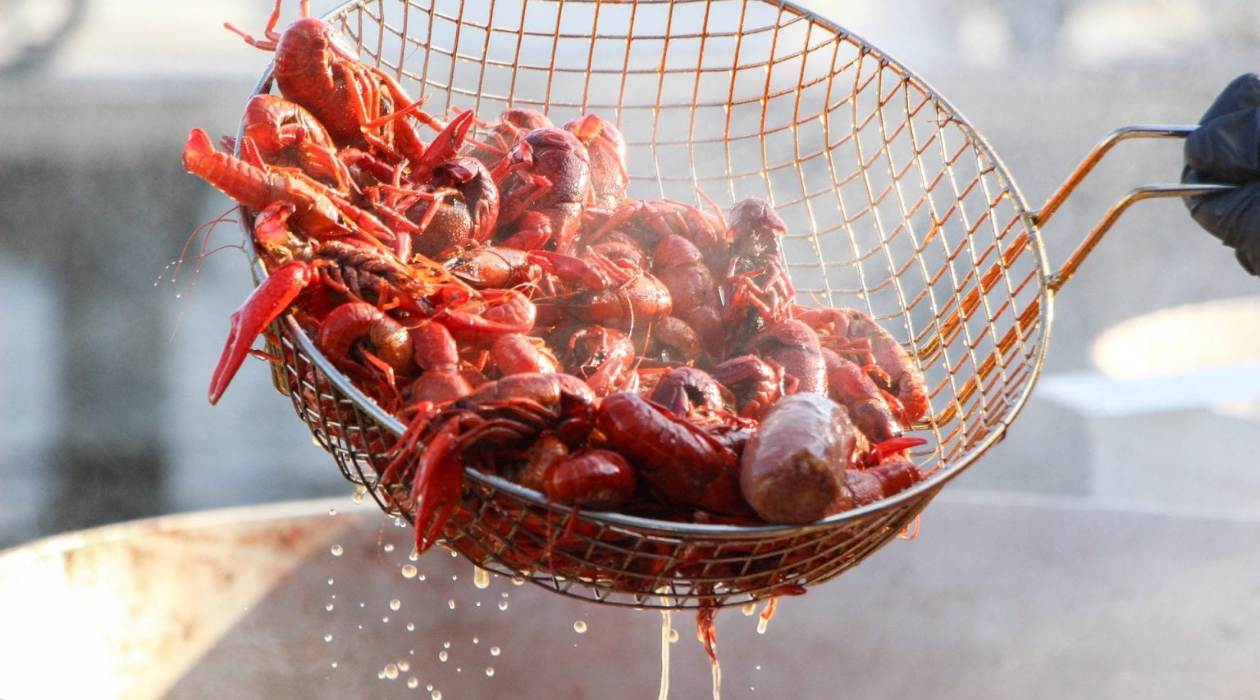
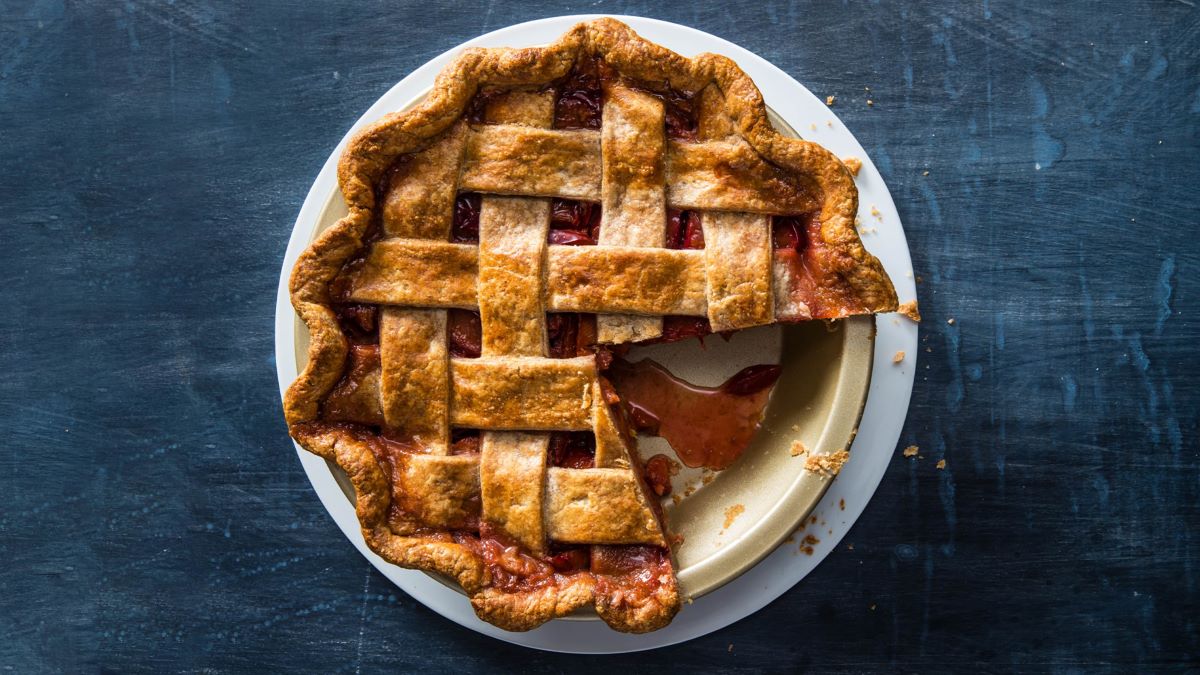
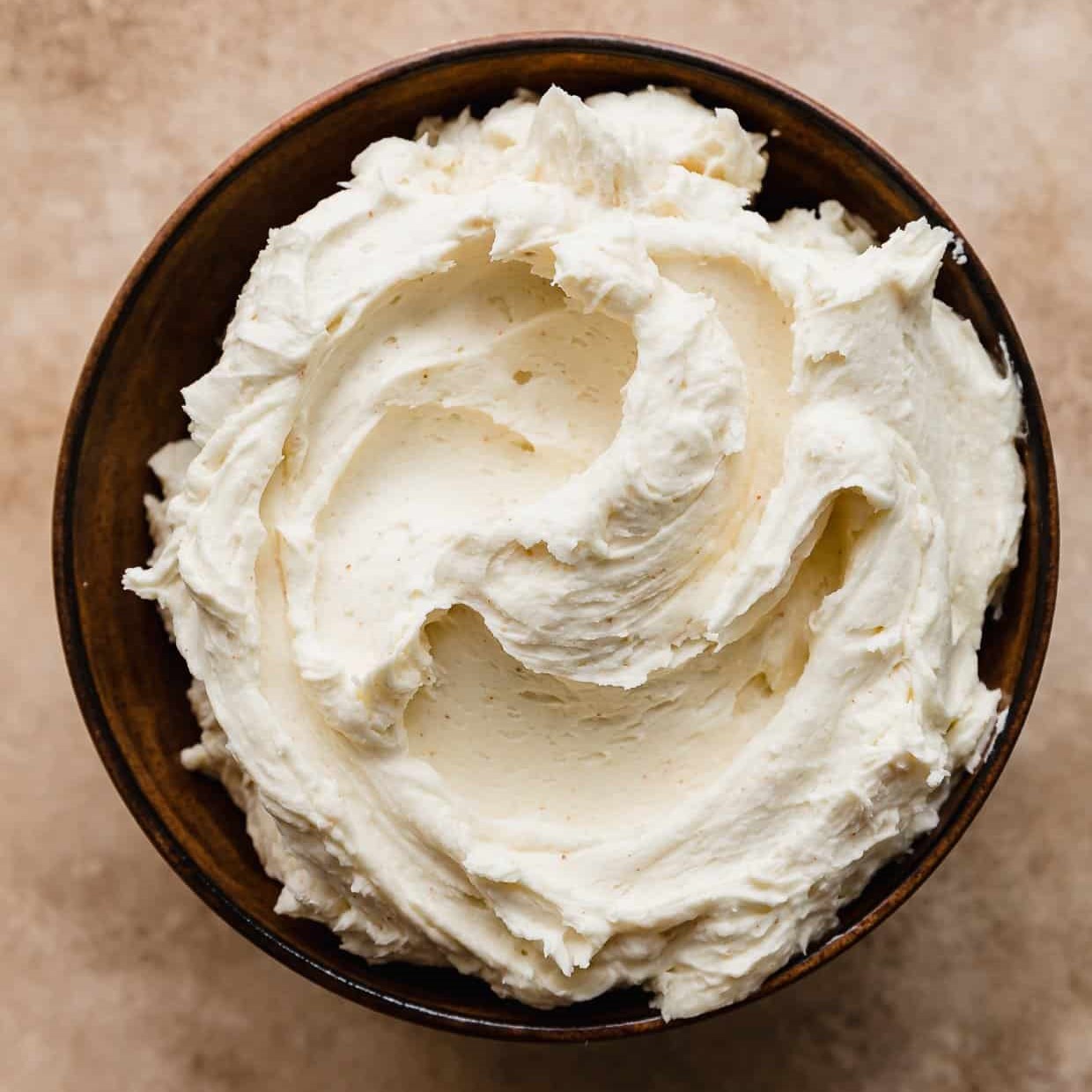
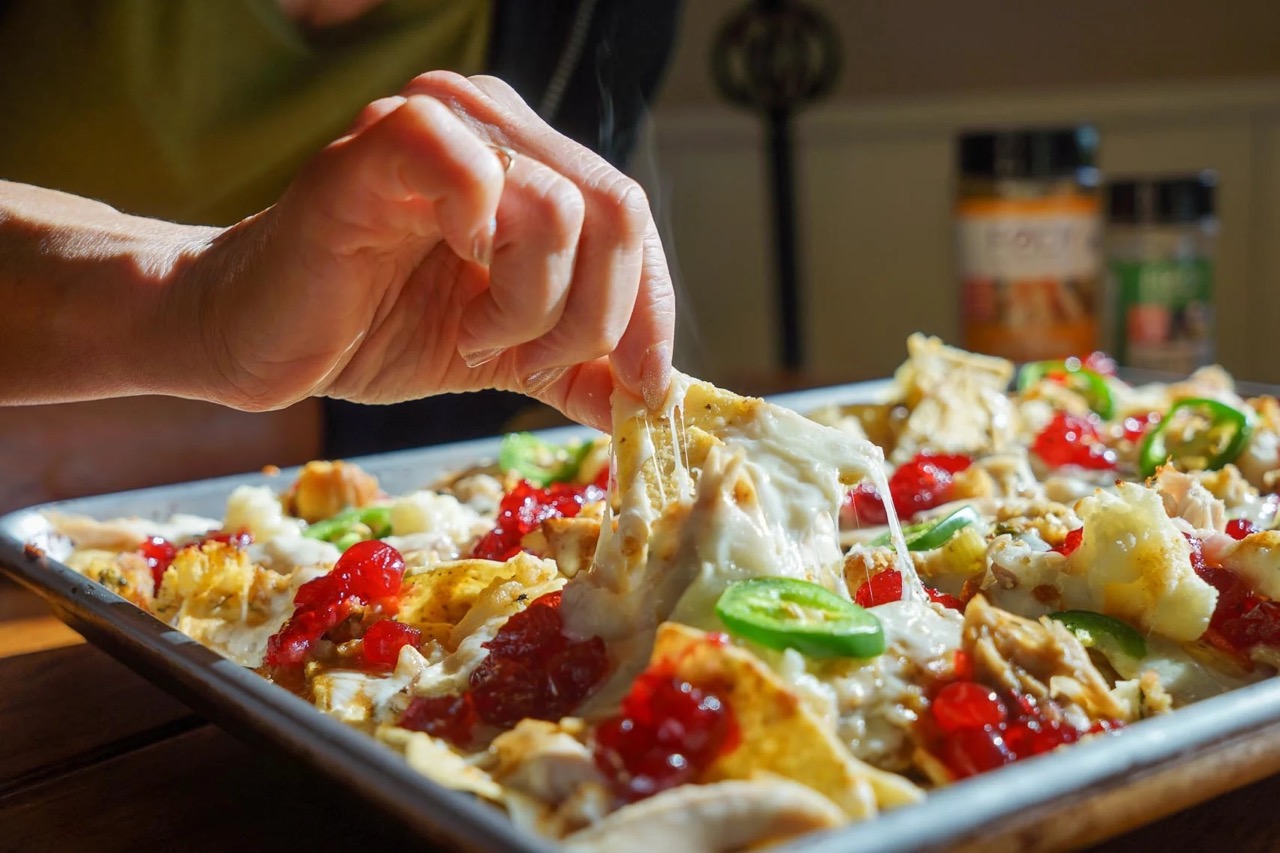
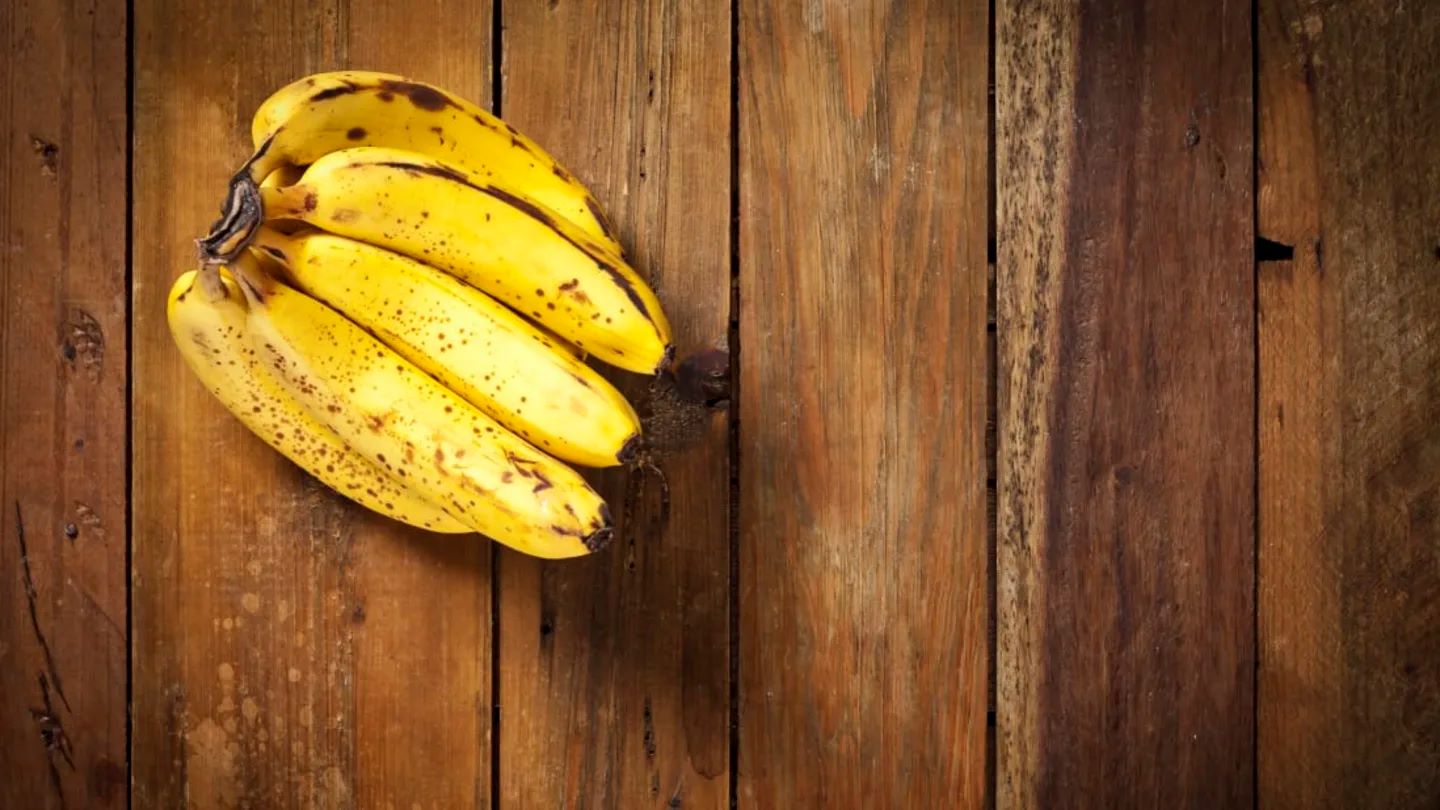
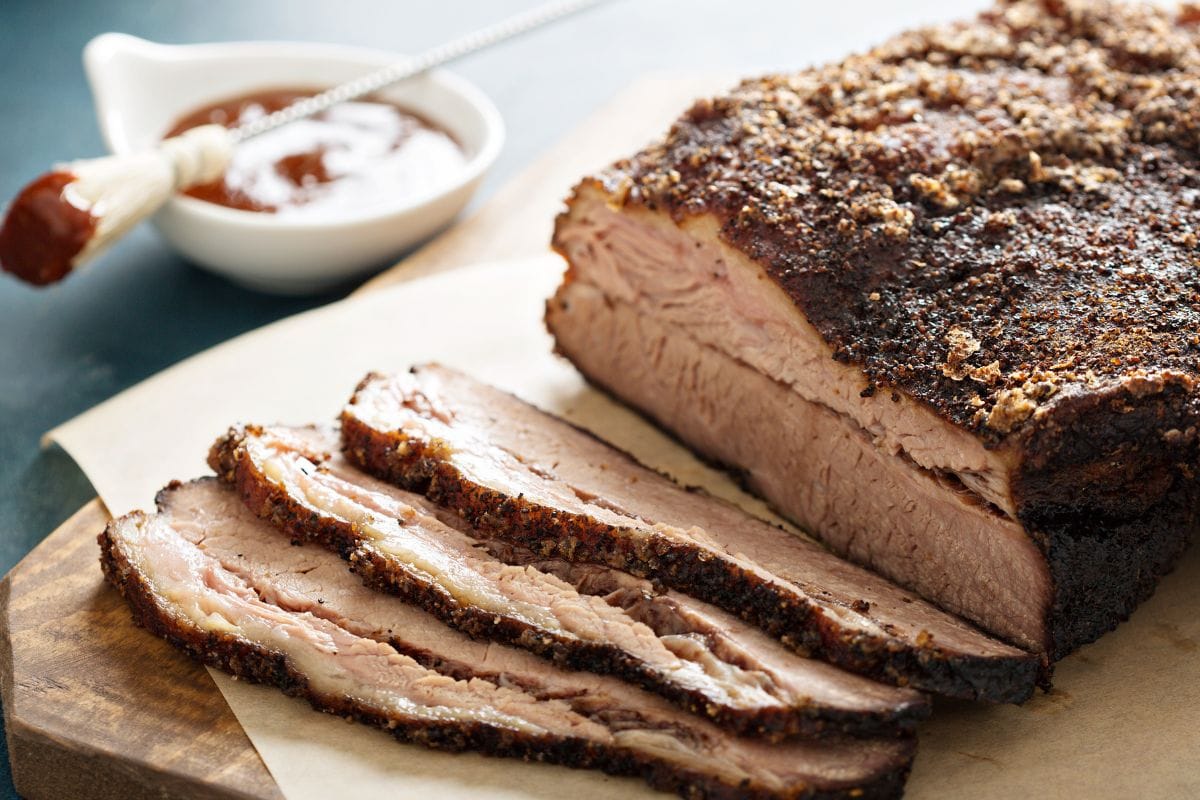
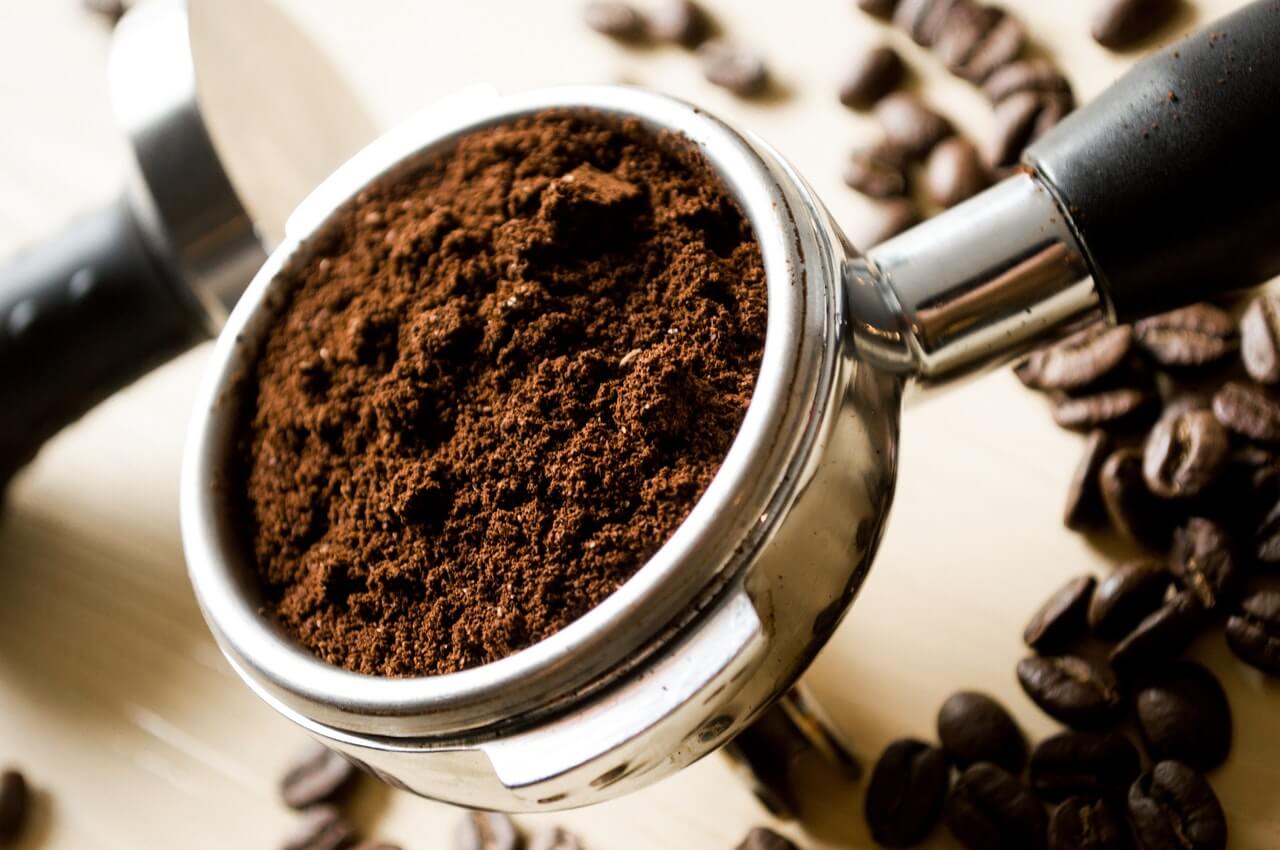

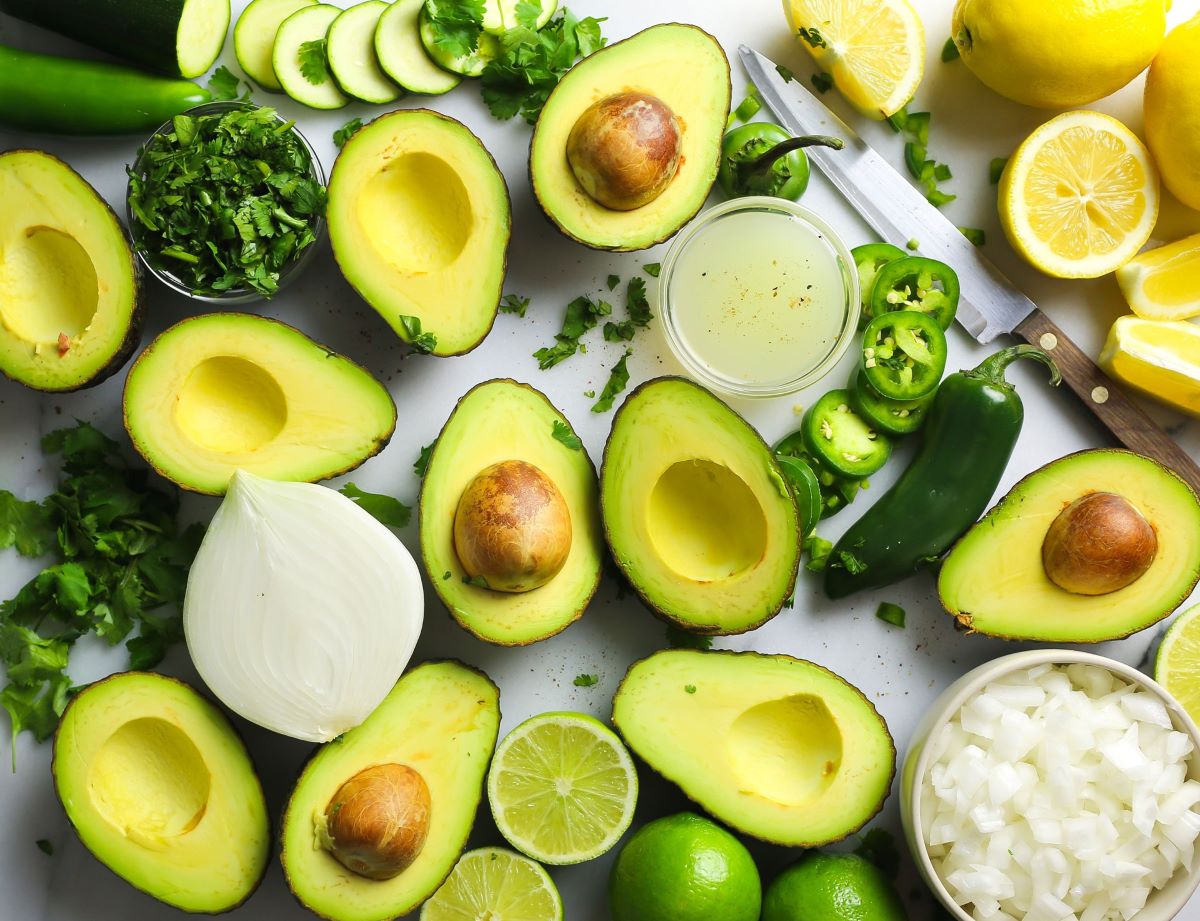
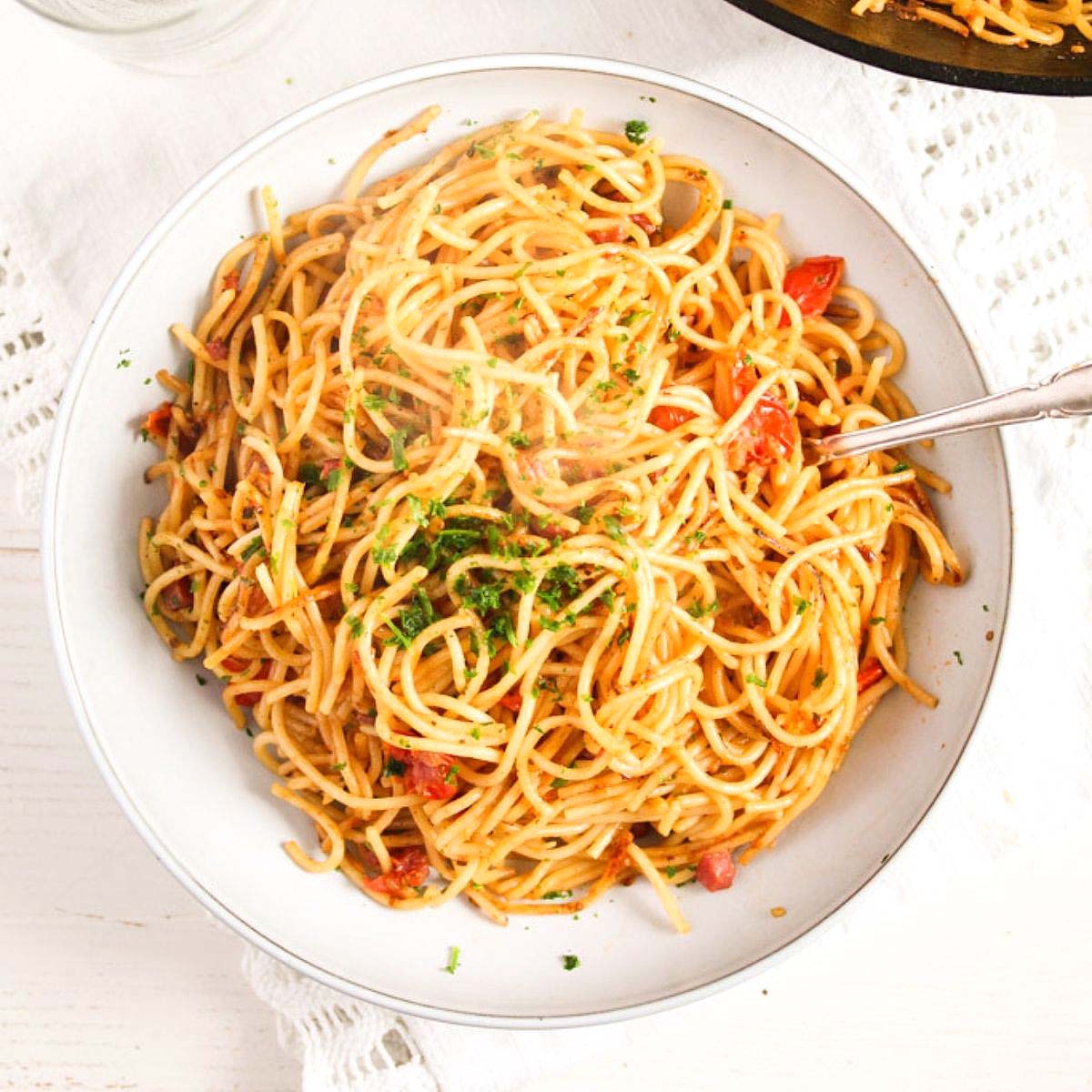
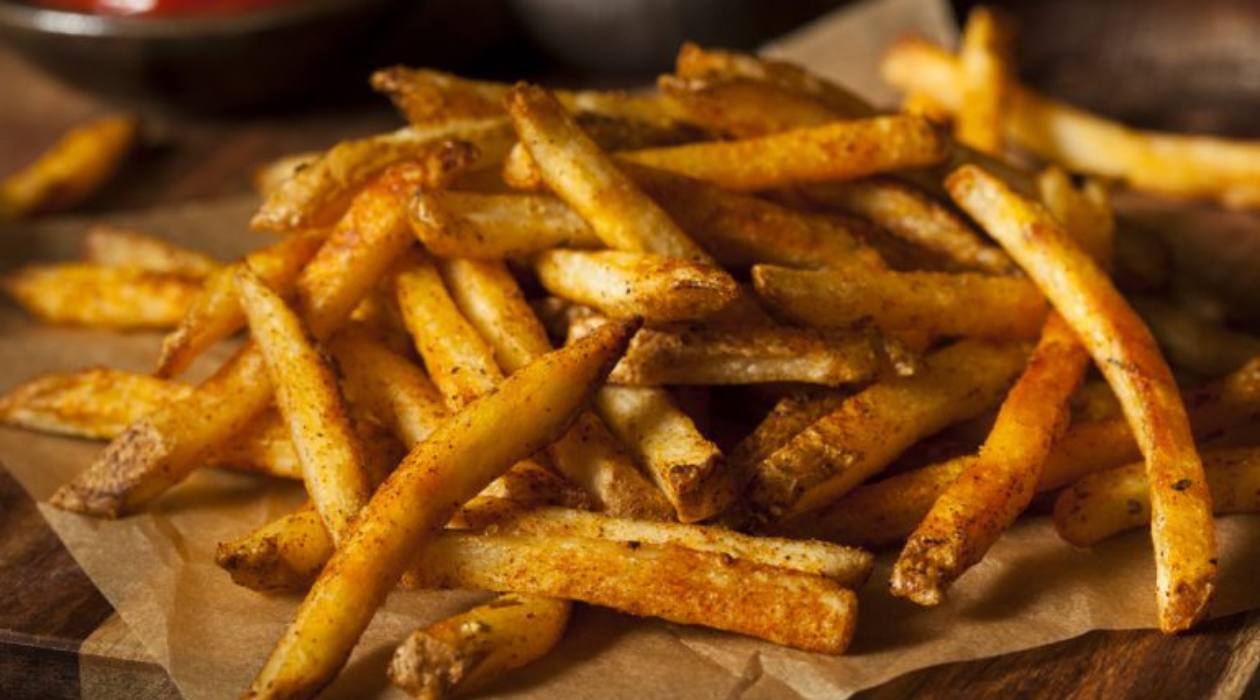

0 thoughts on “How To Store Leftover Pizza”